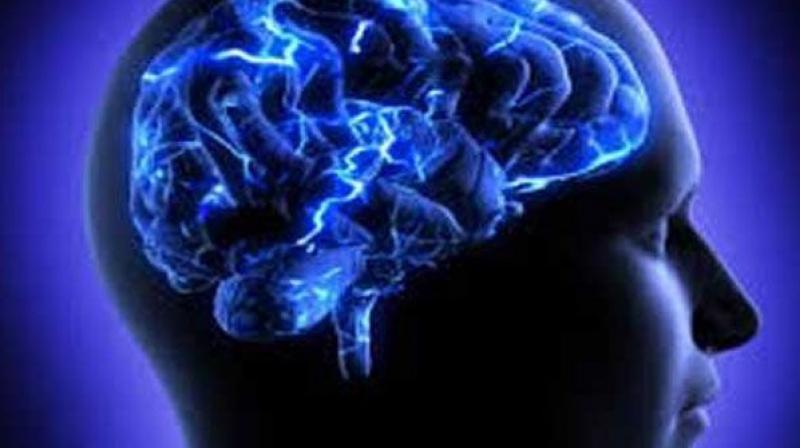US utilises brain waves to teach robots how to shoot

Machine learning, a buzzword in the modern world believed to replace jobs in the future, rests on highly structured data, numbers in rows that software can read. However, identifying a target in the chaotic real world is incredibly difficult for computers. The human brain does it easily, structuring data in the form of memories, but not in a language machines can understand. This is a problem the military is grappling with for years.
Researchers at DCS Corp and the Army Research Lab presented a paper at the annual Intelligent User Interface conference in Cyprus in March after feeding datasets of human brain waves into a neural network — a type of artificial intelligence — which learned to recognise when a human is making a targeting decision. The research branched out of a multi-year, multi-pronged programme called Cognition and Neuroergonomics Collaborative Technology Alliance.
“We often talk about deep learning. The challenge there for military is that it involves huge datasets and a well-defined problem,” Thomas Russell, the chief scientist for the Army, said at a recent National Defence Industrial Association event. Knowing what to shoot is extremely critical in the military. While modern sensors can see farther than humans and electronic circuits can shoot faster than nerves and muscles can pull a trigger, humans still outperform robots in knowing what to shoot at. It is this gap that the Army is trying to fill.

